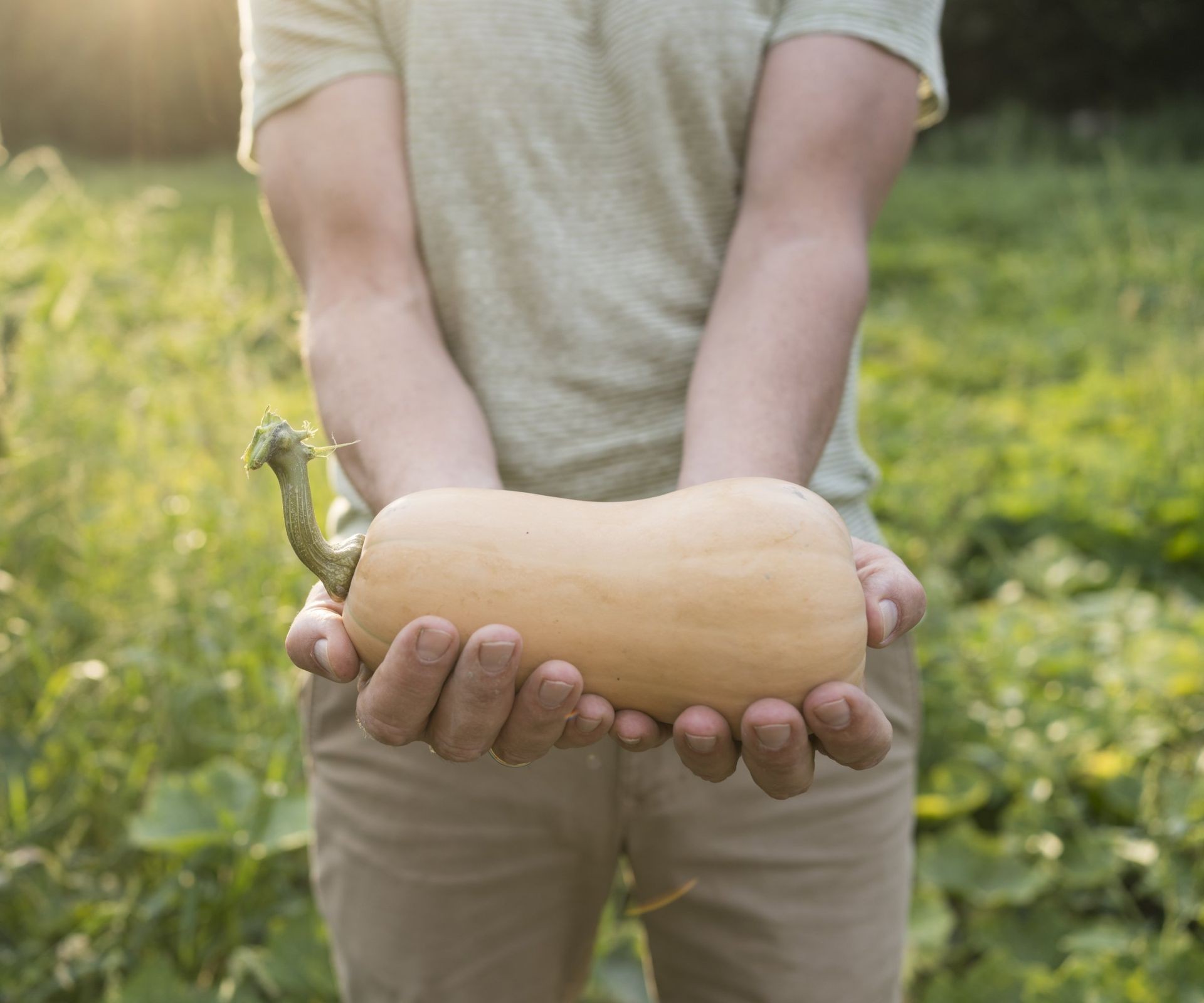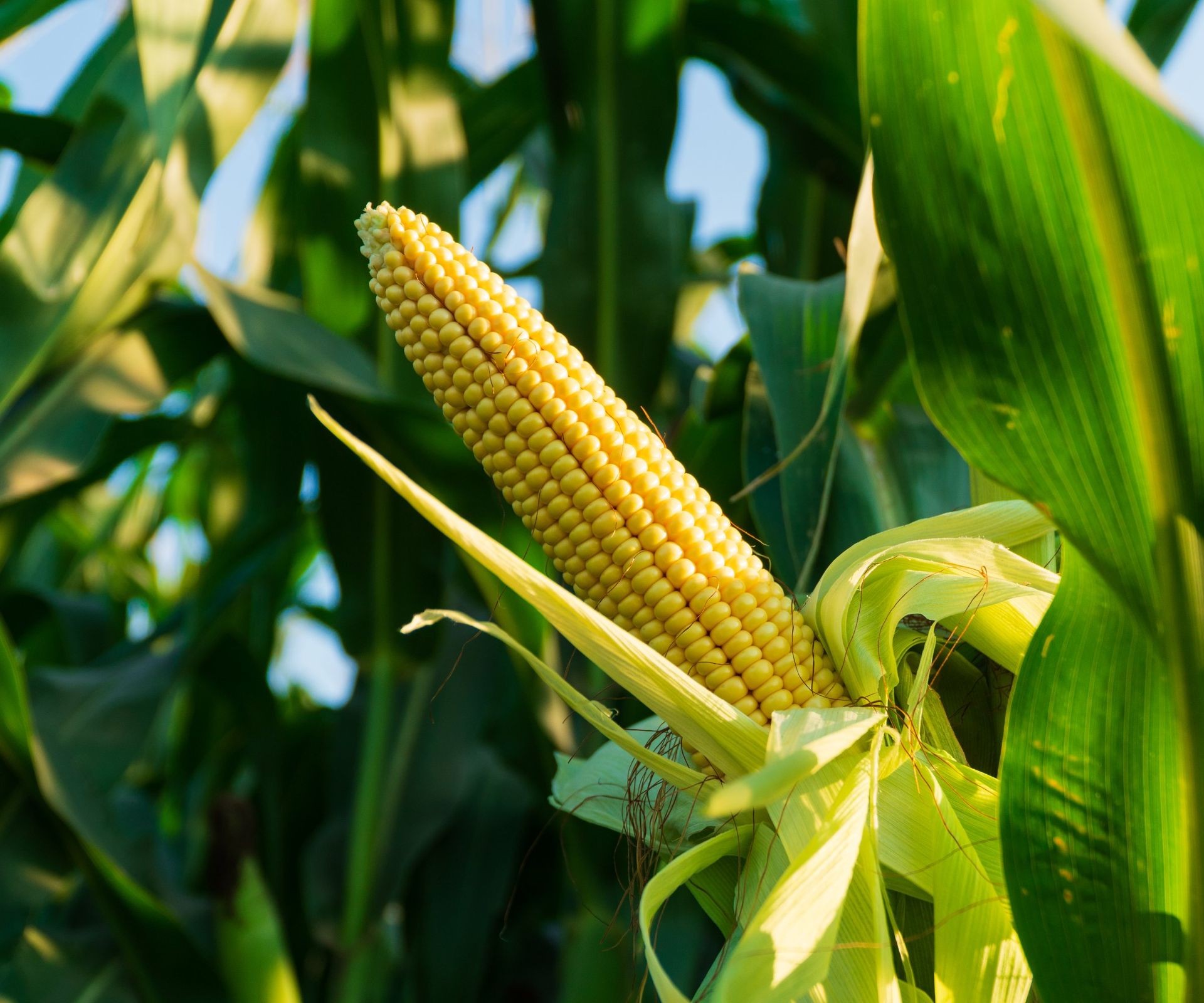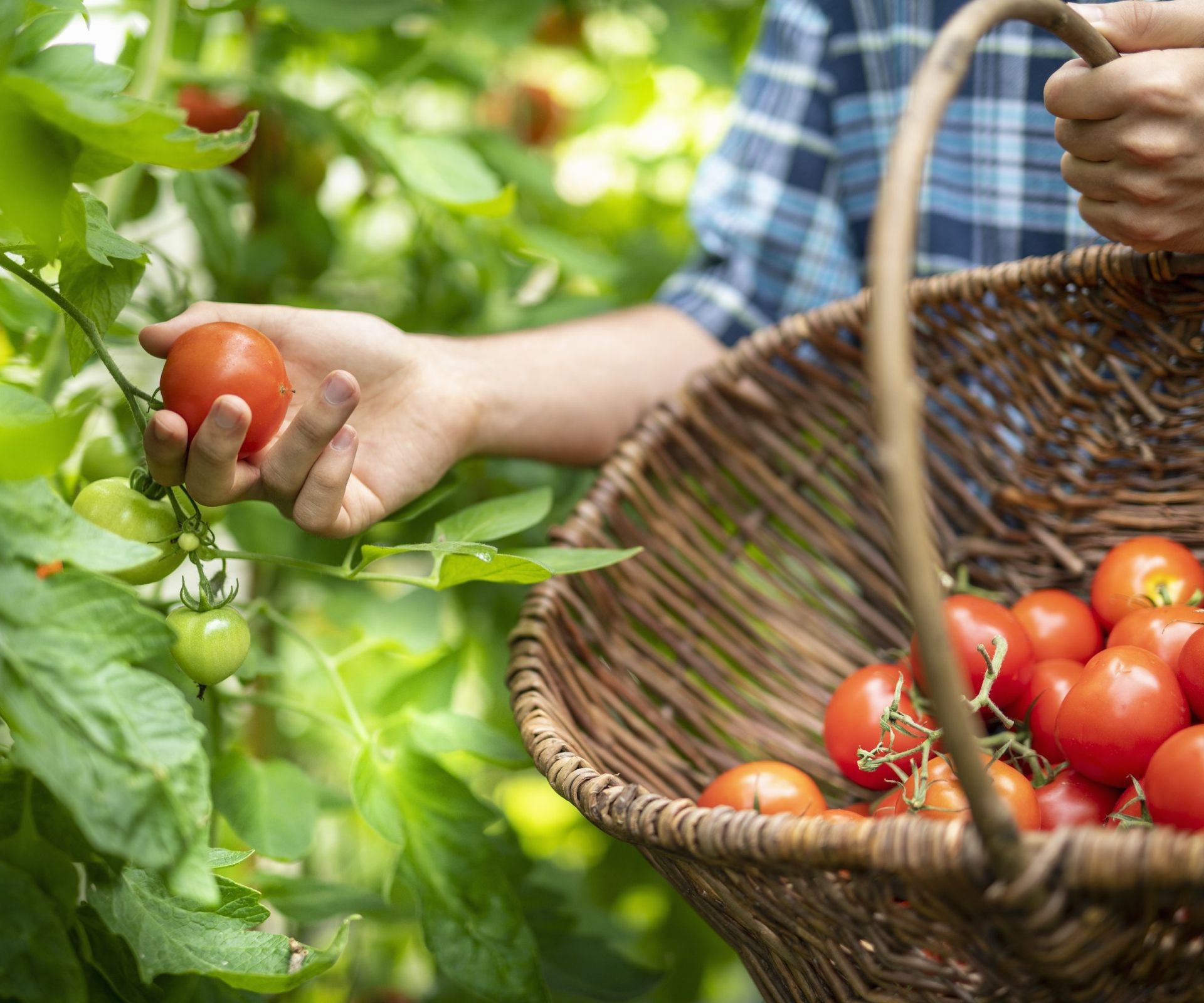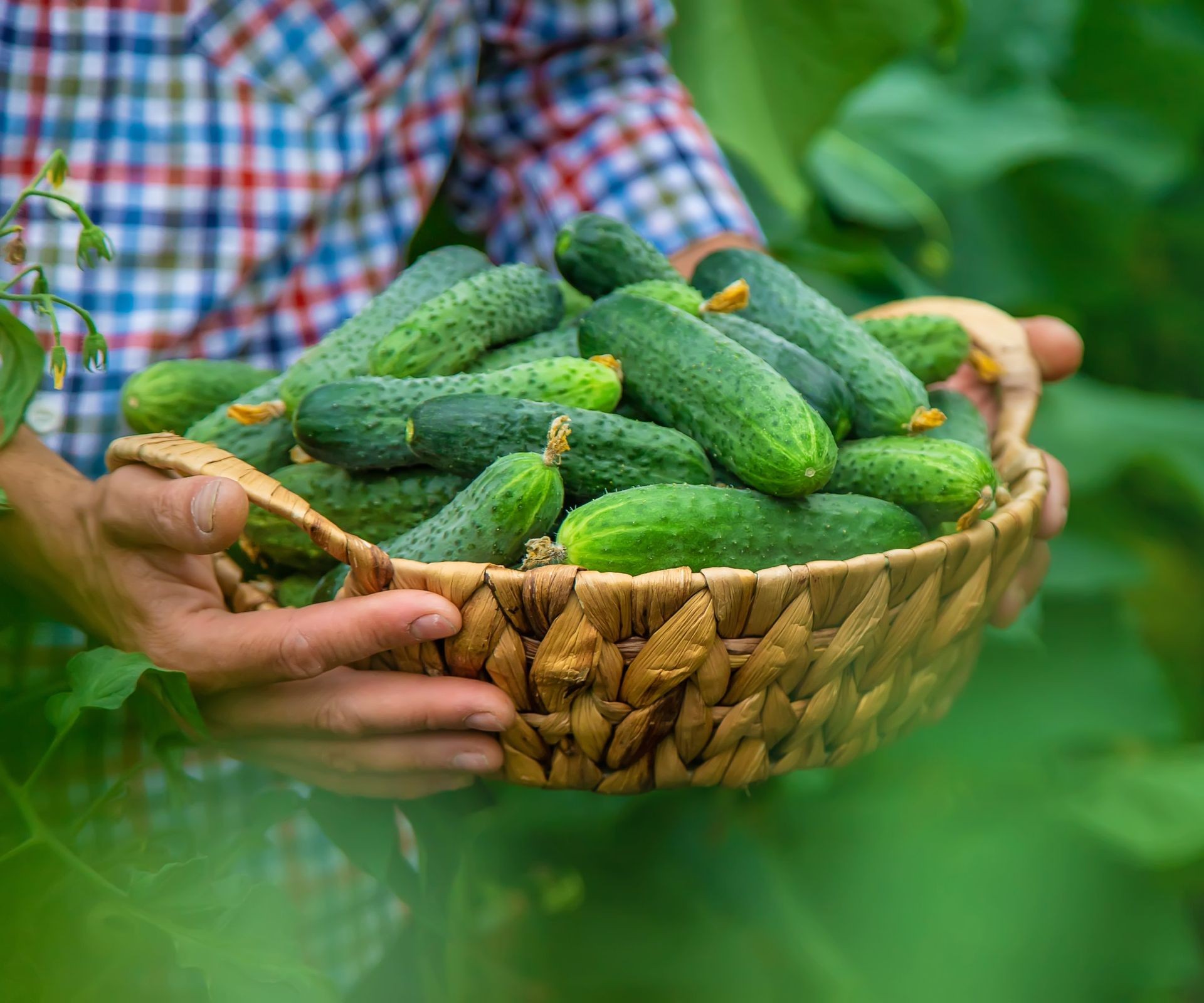No products in the cart.
NEWS
Mastering the Art of Harvesting: Knowing When Your Garden Produce is Perfectly Ripe
Bringing fresh, homegrown produce straight from your garden to your table is one of the most rewarding aspects of cultivating your own food. The vibrant colors, intense flavors, and crisp textures are unparalleled. However, achieving this peak quality hinges on a crucial skill: knowing exactly when to harvest. Every fruit and vegetable variety possesses its unique rhythm of maturation, which can feel like a complex puzzle, particularly for new gardeners. Yet, there are clear signs and reliable indicators that guide you toward the perfect vegetable harvest time and fruit picking window. Let’s explore how to decipher these signals and ensure your hard work yields the most delicious results.
Understanding when to pick your bounty isn’t just about following a calendar date. While most common vegetables are planted in spring or early summer and often reach maturity by late summer or early autumn, the precise moment for harvest is influenced by a multitude of factors. The specific type and variety of the crop, when it was planted (whether from seed or transplant), your geographic location, prevailing weather conditions throughout the growing season, and even the microclimate within your garden beds all play significant roles.
Seed packets often provide a “Days to Maturity” estimate. Think of this number as a helpful guideline rather than a rigid rule. Experienced gardeners understand that these dates offer a starting point, signaling the approximate window when you should begin checking your plants regularly for signs of ripeness. True maturity in the garden is a dynamic process, responsive to its environment.
One universal truth regarding harvesting garden produce is the advantage of picking in the early morning. As the day heats up, plants naturally lose moisture, and many vegetables convert sugars into starches. Conversely, during the cooler night hours, they replenish moisture and convert starches back into sugars. Harvesting at the start of the day captures vegetables and fruits at their most hydrated, sweetest, and crispest state, maximizing flavor and quality.
Furthermore, adopting a mindset of harvesting on time, or even slightly early, is generally more beneficial than delaying. Unlike fine wine, most garden produce does not improve in quality if left on the plant past its prime. Overripe produce can become tough, seedy, less flavorful, or even bitter.
Unlocking Ripeness: Key Indicators to Observe
So, how do you move beyond approximate dates and truly know when your fruits and vegetables are ready for picking? It requires diligent observation and familiarity with specific crop cues. The notion that “bigger is always better” is a common misconception in gardening. While satisfying to see large specimens, vegetables and fruits often sacrifice flavor and texture as they grow significantly beyond their typical mature size. They may develop tougher skins or pods, larger and harder seeds, and a less desirable taste.
Because the signs of ripeness vary considerably between different plant species, the most effective strategy is to inspect your crops daily as they approach their estimated maturity date. A plant that seems almost ready one afternoon might be perfectly ripe the very next morning. Some crops, like sweet corn, have a relatively narrow window of peak readiness. Others, such as many tomato varieties, offer a longer, staggered harvest period lasting weeks or even months.
If you find yourself hesitant, unsure whether a particular fruit or vegetable is truly ready, remember that nature provides visual and tactile clues. While the exact indicators differ by species, common signs of ripeness often include:
- Color: A change to the characteristic mature color (e.g., vibrant red for tomatoes, deep green for zucchini, yellowing for melons).
- Aroma: Development of a distinct, pleasant fragrance, especially for fruits like melons or berries.
- Size and Shape: Reaching the typical size and shape for the specific variety, without becoming overly large or distorted.
- Texture: The firmness or slight give when gently pressed, or the ease with which the fruit detaches from the stem.
By becoming attuned to these sensory cues, you can develop the intuition needed to harvest your garden’s bounty at its absolute best.
Specific Harvest Signals for Common Garden Crops
Let’s delve into the specific signs that indicate readiness for some popular garden staples:
Winter Squash
 Hands holding a ripe butternut squash harvested from the garden
Hands holding a ripe butternut squash harvested from the garden
Winter squash varieties, such as butternut, acorn, and pumpkin, are typically a “one-and-done” harvest, usually maturing in late summer or early fall before the first hard frost. A primary indicator of ripeness is the hardness of the rind. To test, try piercing the skin with your fingernail. If your nail easily penetrates the rind, the squash needs more time on the vine. If the rind is hard and resistant to puncture, it’s ready for harvest. Additionally, the stem connecting the squash to the vine should be dry and hard.
Corn
 A vibrant yellow cob of sweet corn maturing on a sturdy stalk
A vibrant yellow cob of sweet corn maturing on a sturdy stalk
Sweet corn is famous for its fleeting moment of perfection. It’s typically ready for harvest a few weeks after the silks emerge and begin to darken and dry out. The most reliable test is the “milk stage” test: gently pull back the husk and pierce a kernel with your fingernail. If a milky white liquid is expressed, the corn is at its peak sweetness and tenderness. If the liquid is clear, it’s too early; if it’s thick or paste-like, it’s likely past its prime. Harvest sweet corn when it reaches this milk stage and use, refrigerate, or process it immediately to preserve its quality and flavor.
Tomatoes
 A gardener carefully picking ripe red tomatoes from a lush plant into a basket
A gardener carefully picking ripe red tomatoes from a lush plant into a basket
Tomatoes generally begin to ripen about 6-8 weeks after the flowers are successfully pollinated. The most obvious sign is the color change to the variety’s mature hue (typically a uniform red, but can be yellow, orange, or purple depending on the type). A ripe tomato should also yield slightly to a gentle squeeze but still feel firm. One of the great benefits of growing tomatoes is their ability to continue ripening off the vine. You can pick tomatoes that are green or just beginning to turn pink and allow them to finish ripening indoors at room temperature, though vine-ripened tomatoes often boast the best flavor.
Cucumbers and Other Timely Harvests
 Hands displaying a bountiful basket overflowing with freshly picked cucumbers
Hands displaying a bountiful basket overflowing with freshly picked cucumbers
Many other garden favorites also offer specific cues:
- Cucumbers: Usually ready in 55-65 days. Pick when they reach the desired size for their variety and before they start turning yellow or developing large seeds. Picking frequently encourages more fruit production.
- Green Beans/Wax Beans: Ready in 50-70 days. Harvest when pods are firm, snap cleanly, and before beans inside bulge significantly.
- Melons (Cantaloupe, Honeydew): Typically 65-100 days. Indicators include a change in rind color, a fragrant aroma, and the stem detaching easily from the fruit with a gentle tug (slip stage).
- Peas: Ready in 55-85 days. Pick when pods are plump but still tender, before peas become hard and starchy.
- Peppers: Sweet peppers are ready in 60-90 days. They can be picked green or left to mature to their final color (red, yellow, orange) for a sweeter taste. Harvest when firm and glossy.
- Summer Squash (Zucchini, Pattypan): Mature rapidly, often in just 50-60 days. Pick when relatively small and tender for best flavor and texture. Don’t let them become giant!
- Turnips: Ready in 45-70 days. Harvest when the roots reach the desired size, typically 2-3 inches in diameter, before they become woody.
- Watermelon: 80-100 days. Signs include a dull rind color, a yellow bottom where the melon rests on the ground, and a dried tendril opposite where the melon attaches to the vine. Tapping can produce a dull, thudding sound.
Keep in mind that the specific timing for all these crops is still subject to the factors mentioned earlier (cultivar, location, weather). The “Days to Maturity” is merely a suggestion to start your daily inspections. As your expertise grows, you’ll rely more on the visual and tactile cues the plants provide. When in doubt, a small taste test can be the ultimate determinant – it’s one of the many delightful perks of cultivating your own garden!
Cultivate Success with Biogarden.asia
Mastering harvest timing transforms your gardening efforts into truly delicious rewards. By observing your plants daily and learning their specific signals of ripeness – color, size, texture, and aroma – you ensure you’re picking your produce at its peak. This attention to detail maximizes flavor, nutritional value, and overall enjoyment of your homegrown food.
Ready to elevate your gardening journey and experience the satisfaction of a perfectly timed harvest? Explore the range of quality gardening resources and products available at Biogarden.asia. From premium seeds to soil amendments and expert guides, Biogarden is here to support your passion for growing. Try our recommended products designed to nurture healthy plants and get ready for your most abundant and flavorful harvest yet. Share your harvest successes with our community!



